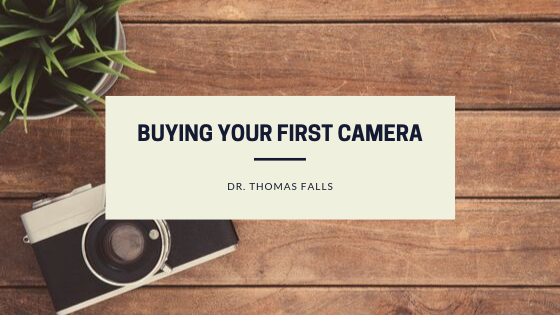Taking your passion for photography and turning it into something more can be very exciting. For many people, they will find their love for photography while taking a class. These classes typically provide cameras for you but then comes the time to buy one for yourself. When buying your first camera, there is much to consider:
Digital Single Lens Reflex or Mirrorless
Digital Single Lens Reflex (DSLR) has been a popular choice over the last decade. Their design is closely based on older models of cameras which would have a physical mirror inside the camera body to direct light to the viewfinder. Recently, however, mirrorless interchangeable lens cameras have gained some popularity among photographers. Mirrorless cameras have mostly the same sensors and components as DSLRs, but they have an electronic viewfinder, making them a lot smaller and much lighter.
The Importance of Sensors
Sensors collect light from the lens and translate it into an image. It’s basically like a digital film. When a sensor is bigger, it will take in more light and capture greater detail in the image. Many sensors will be APS-C size which is 23.5 by 15.6 millimeters or full-frame which is 36 by 24 millimeters. When deciding on a camera, buying a camera with a large sensor will mean clearer and larger prints. Although also keep in mind cameras with larger full-frame sensors tend to be much more expensive.
Looking at ISO Range
This is just as important as the sensor of the camera because of ISO is a measure of how sensitive your sensor is to light. The lower the ISO range, the less light will the sensor will pick up. The higher the level of ISO, the more light the sensor will pick up. Every camera will have a range of sensitivity levels you can adjust and it’s important to choose a camera with high ISO levels. This will give clearer pictures, especially when shooting in the dark and moving objects.
Pay Attention to Lenses
When choosing your first camera, the most important thing to look at is lenses. Lenses control everything about an image and how it all turns out. How wide or close up you can shoot all depends on the distance between the sensor of the camera and the point where light comes together inside the lens, known as focal length. After buying an expensive camera, it’s easy to opt for a cheap lens. However, investing in a nicer lens means a lesser degree of background blur, much clearer images, and better zoom features.
